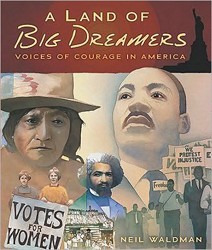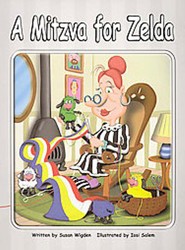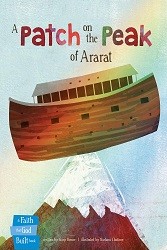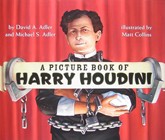By
– February 13, 2012
Rosy’s mother coaxes her out of bed on a shivery Chicago day with a tall tale of how Grandma Beatrice melted the snow of Minsk with her sunshiny, warm blintzes. Jewish content is implied by the presence of blintzes as a springtime food, and by names such as Rosy Levine and Moishe the cat, but is not made explicit in any other way. The fanciful story combines themes of girl-power, family tradition, magical realism, and of course, yummy food. The old world story is framed by modern American scenes, making it easier for young readers to relate to, and reinforcing the concept of lador vador (from generation to generation). The blintz recipe at the end is not only an invitation to participate in the story, but is also a call to action for readers seek out their own family recipes. Delightful illustrations by Holly Berry mix expressive characters with touches of Eastern European folk art. Sunny blintz-yellow warms the scenes, which swirl with movement and interesting “camera angles.” A collage of bright fabric borders makes the pages pop even more. Like Mama’s blintzes, this story tickles the fancy, warms the heart, and makes the reader hungry for more. K – 3.
Heidi Estrin is librarian for the Feldman Children’s Library at Congregation B’nai Israel in Boca Raton, FL. She is a past chair of the Sydney Taylor Book Award Committee for the Association of Jewish Libraries.





